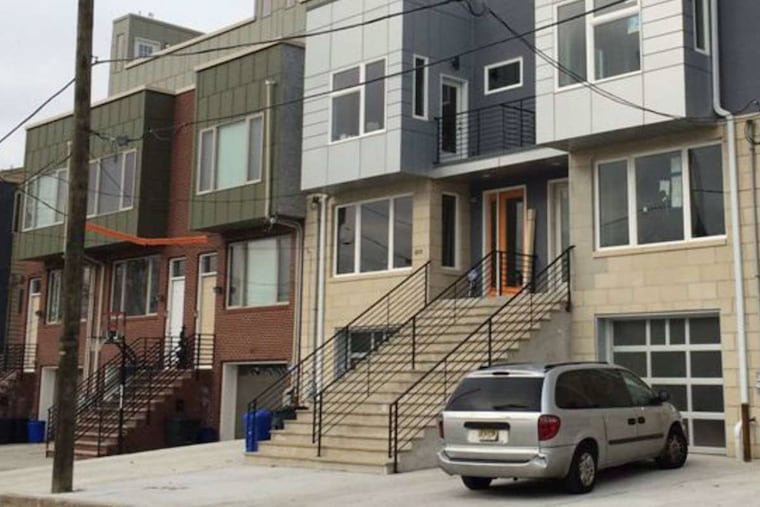Changing Skyline: Fighting the suburbanizing tide in Roxborough
High above the Schuylkill, in the Ridge Park section of Roxborough, old millworker houses sit side by side with wood-trimmed Victorian mansions. The little houses are jammed together as tightly as crayons in a box, but they typically sit back from the str
